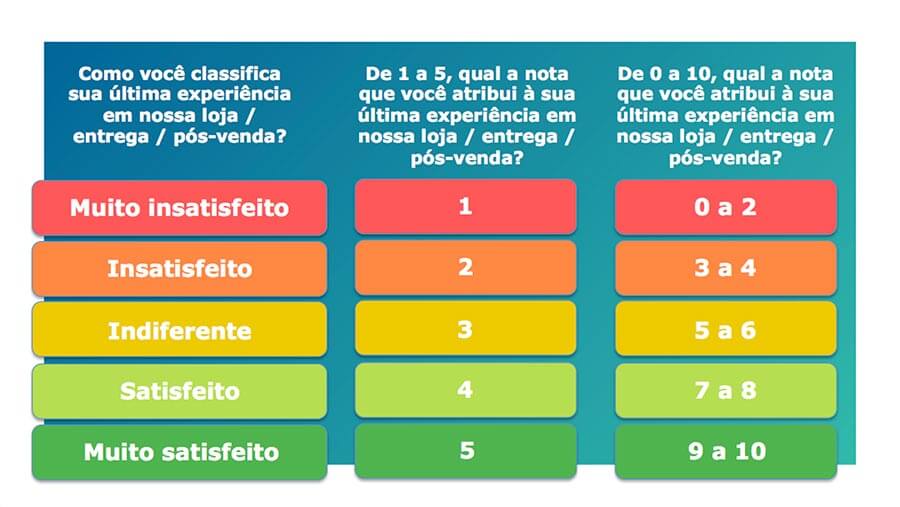NPS isn’t the only customer satisfaction indicator you can work with to measure your company’s customer experience. CSAT is one of the most widely used, along with CES. However, to know which metric is best for your company, it is necessary to understand the characteristics of each one. In this article we will talk about CSAT, its differentials and how this indicator can help your company.
CSAT, the first indicator of customer satisfaction
The first Customer Satisfaction indicator, CSAT, or Customer Satisfaction, began its journey in 1989 in Sweden, where it was initially called the SCSB or Swedish Customer Satisfaction Barometer. Claes Fornell, one of the founders of ACSI (American Customer Satisfaction Index), was the one who developed the methodology in Sweden, as well as in the United States. Beginning in 1994, along with other researchers at the University of Michigan, together with the American Society for Quality in Milwaukee, Wisconsin, and the CFI Group in Ann Arbor, Michigan, they started the ACSI, or American Customer Satisfaction Index.
The ACSI (American Customer Satisfaction Index) started in 1994. But since 2010 its database has become public and is updated frequently.
It is possible to track the CSAT of 10 sectors and 43 industries in the American economy.
To view this data click here.
How to apply and calculate CSAT
CSAT is composed of a single question, but it can be applied in several processes and phases of interaction with the customer. Soon you can do it more than once, each one adapted to a specific interaction.
Questions and answers usually feature a five (5) level scale. See below:

The CSAT result is the sum of the percentage of respondents who chose “satisfied” or “very satisfied”. When the result is above 70%, many companies consider themselves on a good path, but it is still the most appropriate thing to know the level of your company’s sector before making this judgment.
In the absence of a Brazilian institution that collects and publicly discloses this customer satisfaction indicator, it is equally possible to seek a reference in your sector by consulting the ACSI (click here).
The Main Benefit of Customer Satisfaction

Usually applied at the conclusion of a customer interaction, the main characteristic of CSAT is short-term measurement. In other words, the result is associated with that recent experience and not with the customer’s long-term relationship with the brand. Short-term measurement is effective to avoid churn (customer evasion), after all, it will be possible to identify the main reasons for dissatisfaction and in which interactions are being generated.
CSAT vs NPS and CES
In addition to CSAT, there is also NPS (Net Promoter Score) and CES (Customer Effort Score) as indicators of customer satisfaction. They were featured in Harvard Business Review publications in 2003 and 2010, respectively. Both came with the purpose of updating and complementing existing theories.









